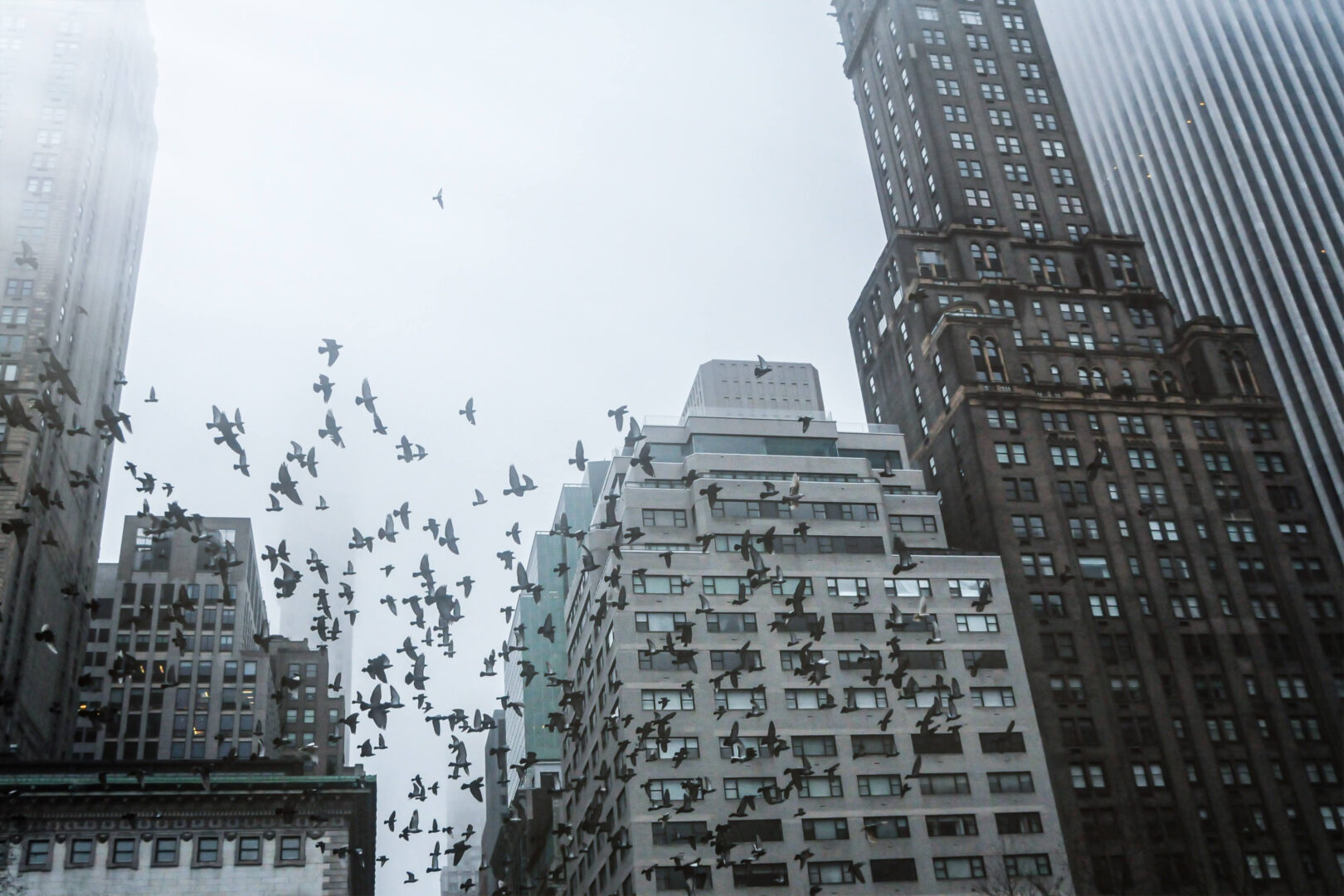
Bird population down by 3 billion; Why it matters and how to stop it
-
Scott LaMar

Aired; February 1st. 2024.
The U.S. and Canada have lost an estimated three billion birds in the last 50 years. Half of the world’s 10,000 bird species are in decline. One in eight faces the threat of extinction.
In Central Pennsylvania, the Ring-billed gull population has declined 50 percent in the last 17 years, Tree Swallows are down 24 percent and Mallard Ducks decreased by 23 percent. There are even 18 percent fewer American Crows.
The decline of North America’s bird population is a sign of broader ecological problems, such as habitat loss, pollution and climate change. Monitoring their populations is a barometer of the health of the environment.
The loss of birds matters because pollinate wildflowers, disperse plants’ seeds and eat insects that helps to balance the ecosystems.
On The Spark Thursday was Keith Russell, Program Manager for Urban Conservation with Audubon Mid-Atlantic, who said,”The one group that has decreased the most was probably the grassland birds. These are birds that like to be in areas where there’s a lot of short grass or short vegetation. Some of them will also occur, in agricultural settings where there’s wheat or other grains being grown. And, this includes birds like the bobolink, which is a blackbird, the eastern meadowlark, and birds like the grasshopper sparrow. Those are all birds that we call grassland birds. And the habitat that they like, obviously was something that was more common 100 years ago than it is today. There’s fewer farms. So that group of birds is really losing ground because of habitat loss. But, when you look at other groups of birds, like the eastern forest birds that include species like the wood thrush, the golden wing warbler, the scarlet tanager, those are all birds that breed here in large numbers in Pennsylvania and throughout our region. The eastern forest birds overall are down by 17%. And that’s something that’s noticeable if you’re a person that is interested in observing birds, and you’ve been observing birds for maybe 2 or 3 decades, you can remember when some of these birds were much easier to find and much more, widespread and common than they are today.”
Russell pointed to a loss of habitat as the biggest reason for the declining bird population , but there are others,”Habitat loss is something that we observe all the time when we see development come in and, put up all our houses in an area that used to be farms or used to be forest. So this is going on throughout the state of Pennsylvania as well, throughout the world. And, habitat loss is one of the bigger, problems that birds are facing. But there’s also other issues that affect birds use of pesticides and herbicides. These toxins can cause lots of problems for birds directly and indirectly. Cats. Domestic cats. There’s research that say that there’s a huge number of birds that are killed each year by domestic cats. There’s also a huge number of birds that are killed each year by collisions with buildings when birds are interacting with buildings and they see reflections on windows or they see transparent windows, they are often fooled by that. They don’t have any idea what glass is, perhaps. And they fly into those windows. And there are also collisions with other things like towers, communication towers. There’s collisions with windmills that are generating power for us. And there’s collisions with transmission lines.
Russell indicated climate change is and will continue to have an impact on birds including habitat changes, expanding the areas where they roam, creating more disease, and possibly reducing their food supplies.
Russell was asked what can be done to stymie the loss of birds,” I think education is one of the biggest things. A lot of people just don’t have any idea about what the problems are that affect birds. And I think the more that we can discuss this and share information about it, I think that people basically are good and they want to see the good things done. But there’s just a lot of lack of information about this. The problem of birds, for example, colliding with buildings, is something that architects don’t seem to know that much about. It’s it’s changing. But I think education is the biggest issue that we can address that will help birds.”
Russell pointed to some success stories. Bald eagles for example were almost extinct in the 1970s and through protection and conservation efforts, have made a remarkable comeback. Some bird species that rely on wetlands as their habitat have increased in population.

